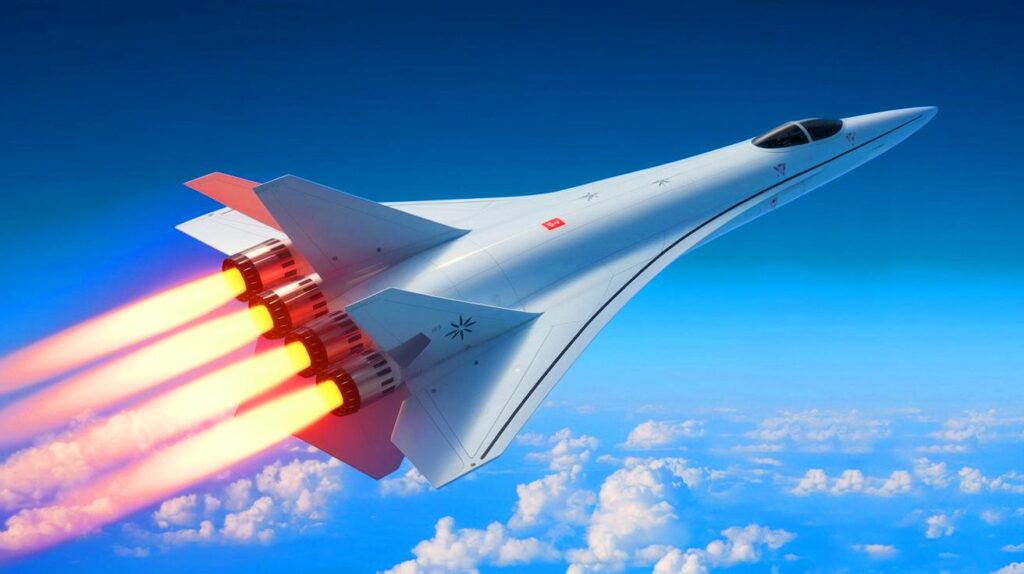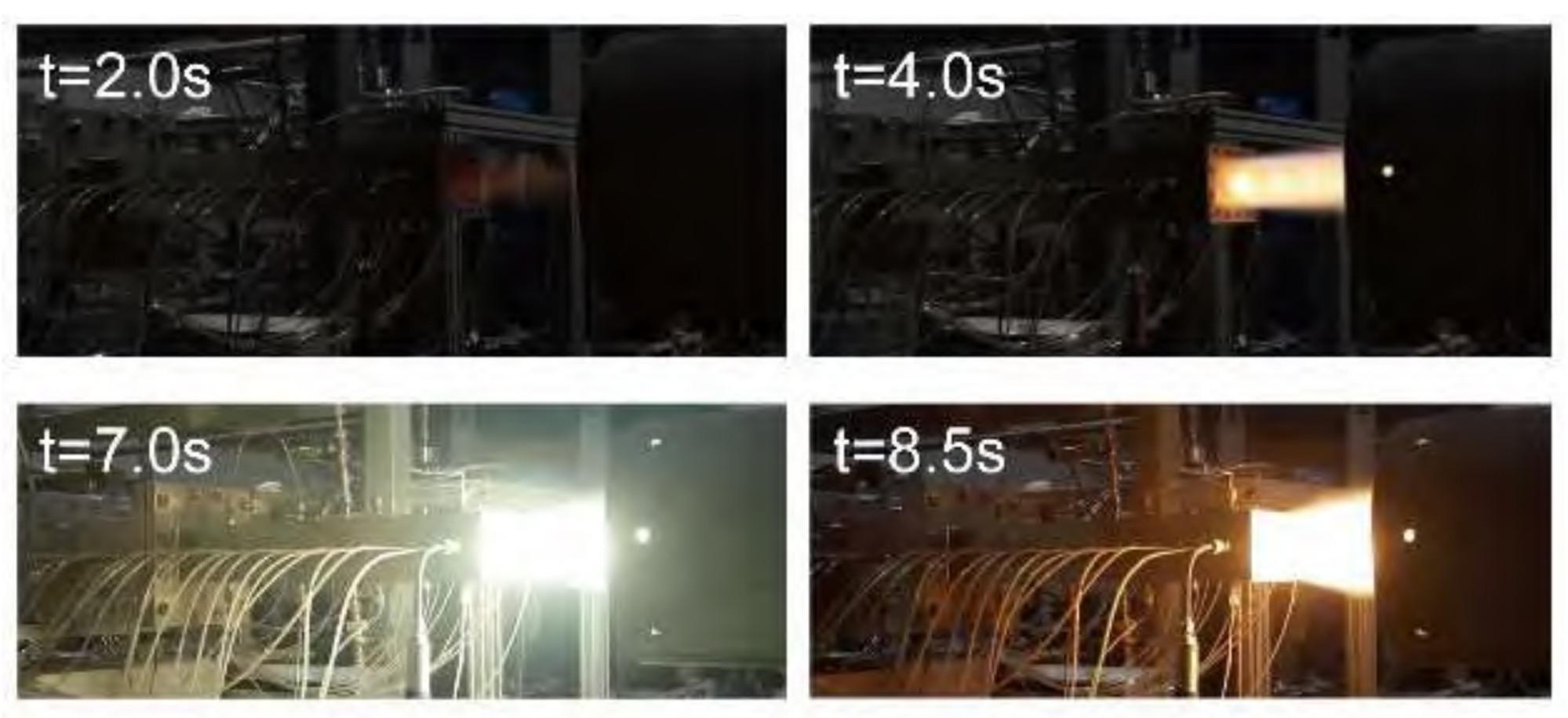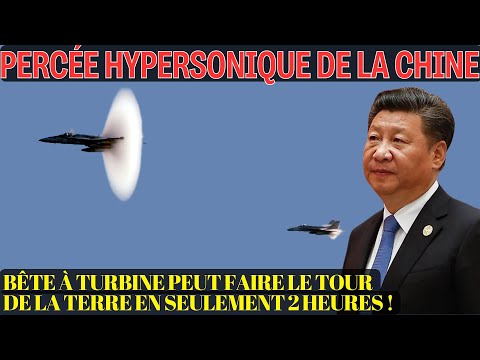| IN BRIEF |
|
Recent technological advancements in hypersonic aviation have propelled China to the forefront of the global race. Through a new secondary combustion technique, Chinese researchers aim to revolutionize the performance of scramjet engines. This innovation, led by Yang Qingchun from Beihang University, has the potential to profoundly transform the future of hypersonic flight by significantly increasing thrust and improving maneuverability of aircraft. Thus, China could not only strengthen its technological position but also set new standards in the field.
A Revolutionary Combustion Technique
The latest breakthrough in hypersonic propulsion relies on a secondary combustion technique that could disrupt the capabilities of scramjet engines. This technique involves injecting magnesium powder into the exhaust gases of conventional jet fuel combustion. By utilizing residual water and carbon dioxide as oxidizers, this method ignites the magnesium particles, resulting in a dramatic increase in thrust.
Tested under conditions simulating a flight at Mach 6 at an altitude of 30 kilometers, this innovation promises to provide China with a major technological advantage in the hypersonic domain. Potential implications include increased speeds, enhanced maneuverability, and extended range for next-generation weapons and aircraft.
The Challenges of Traditional Scramjets
Scramjet engines, despite being innovative, face significant limitations at extreme speeds. As speed increases, the energy produced by kerosene fuel plateaus, making the ignition process erratic during low-speed takeoffs. This issue limits their efficiency and hinders the development of advanced hypersonic technologies.
In response to these challenges, Yang’s team adopted an innovative approach. By utilizing magnesium to enhance propulsion efficiency, they have overcome critical limitations of traditional scramjets. This approach could potentially transform not only hypersonic aircraft but also related military and civilian applications, paving the way for a new era in aviation.
A Step Toward Technological Domination
Hypersonic propulsion represents a strategic domain for major world powers, and China is no exception. With this advancement, it solidifies its position as a leader in the hypersonic technology race. The gains in speed, maneuverability, and range provide significant advantages in both military and civilian fields.
The use of magnesium to double the thrust of scramjet engines could also enable China to develop new types of weapons and aircraft. These innovations could have a substantial impact on the balance of global power, granting China a strategic advantage in the skies.
The Implications for the Future of Aviation
The implications of this discovery are vast and potentially transformative for modern aviation. Increasing scramjet thrust through magnesium injection could revolutionize not only military flights but also commercial travel at very high speeds. By breaking current technological barriers, China could redefine how we conceive air transport.
As the rest of the world watches these developments with interest, the question remains: how will other nations respond to this major technological advancement from China? Will they invest more in their own research to maintain their position on the global stage?









